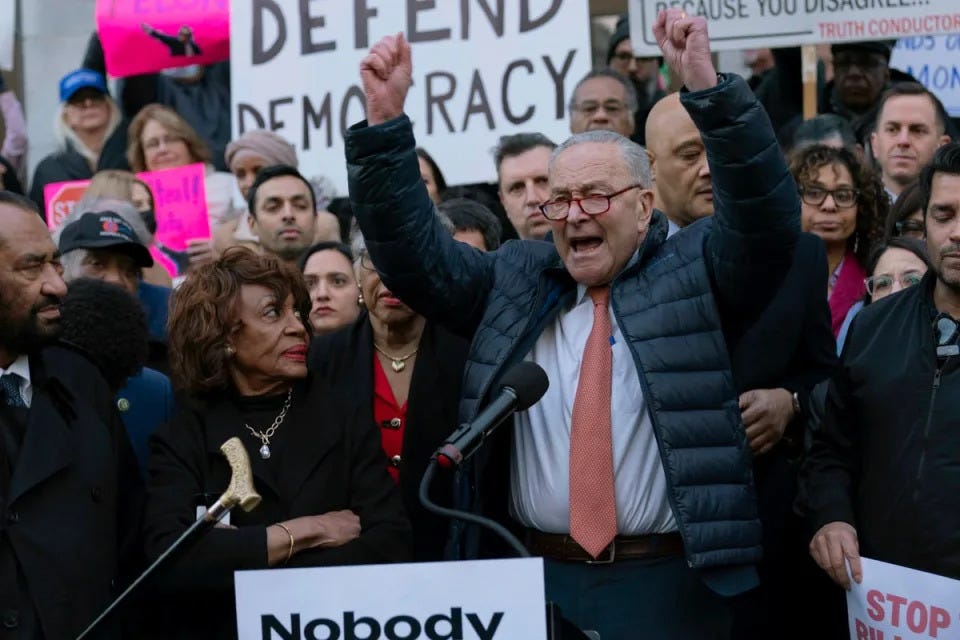How The Democrats' Era of Protests May Create A Republican Majority For Decades
Protests do not unify parties, let alone the American people as a whole. What happened during and after 1968 tells the story.
This article is free, but with Premium Membership you get MORE. Join today.
by Tom Del Becarro
August 4, 2025
The story reads, “Around the country it was apparent that the scene on college campuses was not improving. Things were not getting better, but simply escalating.” However similar that is to today, that was a story about the protests of the Left during 1960s.
Those protests helped usher in a series of Republican Presidents for 28 out of the next 40 years, beginning with Nixon (1968) and ending with Bush 43 (2009). As the Democrats of today embrace the moniker of the Party of Protests, they may well be fostering a Republican majority nationwide for years to come.
Commentators have referred to the 1960s as the Decade of Protests. Anti-War protests, civil rights, the free speech movement, the women’s liberation movement, gay and lesbian activism, and environmental protests dominated the political landscape.
According to the White House Historical Association, “Protests raged all over the country.” On Aug. 28, 1963, alone, “250,000 people descended on the nation’s capital to advocate for civil rights.”
Those Civil Rights protests preceded the protests “against the Vietnam War [which] began to gain prominence in 1965 on college campuses and around the United States, eventually garnering national attention.”
The effect of the protests changed the United States irrevocably. They’re about to again.





